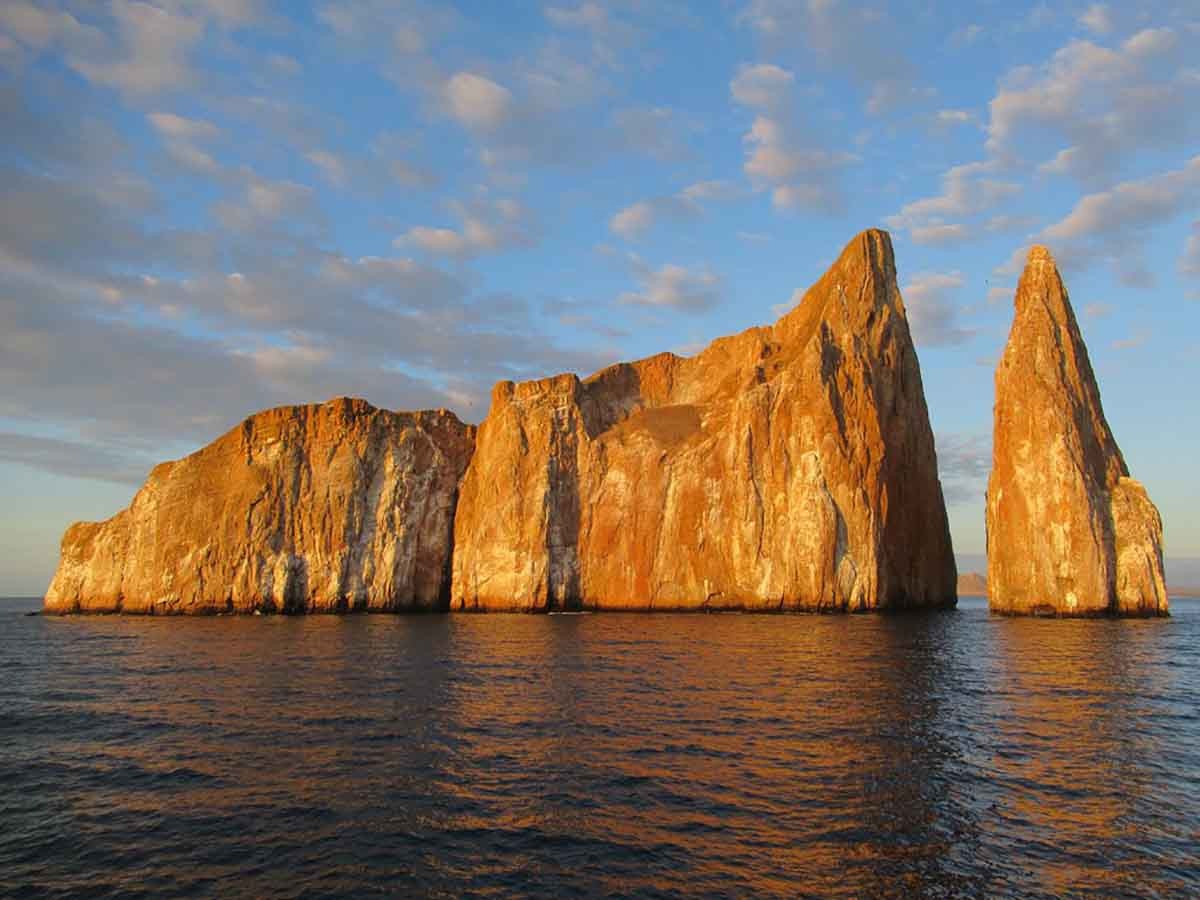Arrival will take place at approximately midday (local) and our guide will meet you in the lobby with a signboard identifying our Yacht Anahi. One of our crew members will take care of your baggage and transport it directly to the yacht. We will first be taken by public bus to El Muelle (pier), where our Zodiacs will be waiting to transport you to Yacht Anahi. After a welcome drink from our Captain and crew, you will be assigned to your cabins.
Santa Cruz Island: Bachas Beach
After lunch, the guide will briefly explain about the afternoon activities. We will embark with our zodiacs at 2 p.m. to go to Playa Bachas. The sand here is made from decomposed coral and is a favorite nesting spot for sea turtles. A side by one of the beaches is a small lagoon, where you can see occasional flamingos, as well other animals such as black-necked stilts or whimbrels.
The second beach is longer and contains two abandoned barges, which were left behind during the Second World War, when the US used Baltra island as a military base. You will see sea lions, marine iguanas, and many marine birds on this beach. You will be able to relax on the beach and spend some time with the playful sea lions who swim with you.
